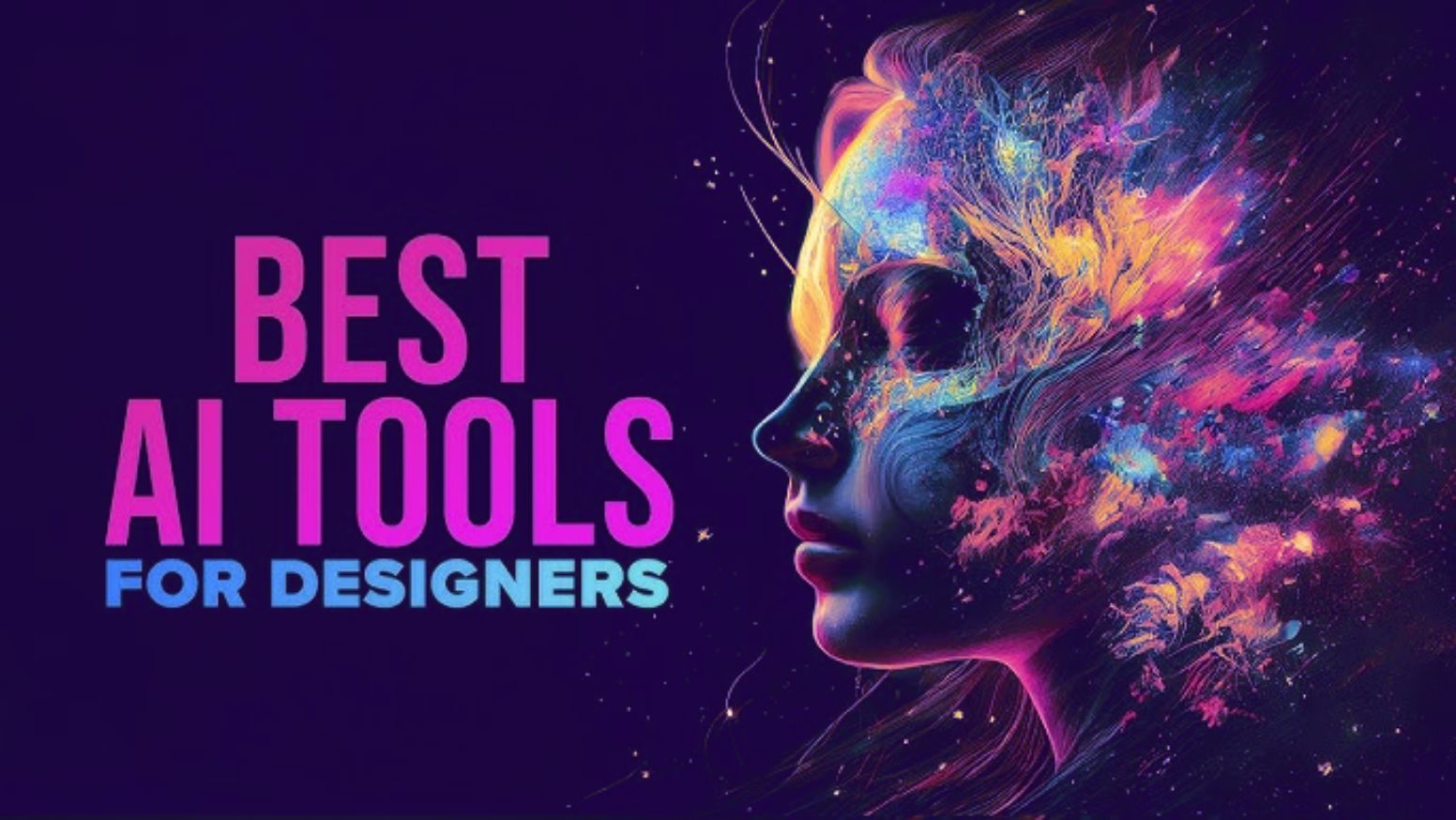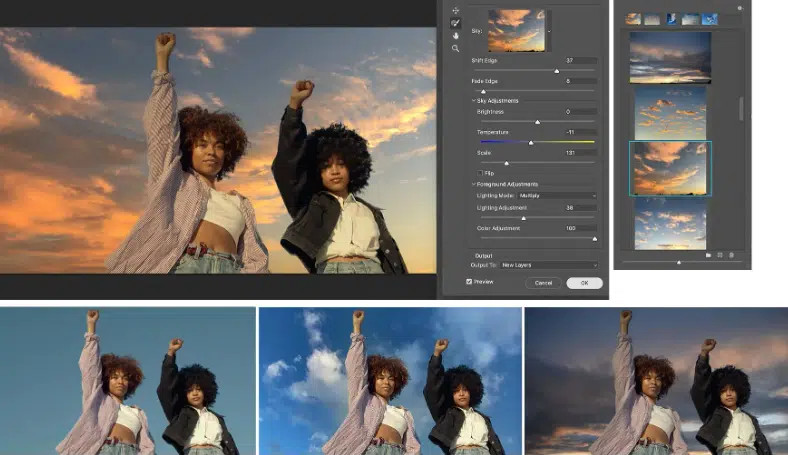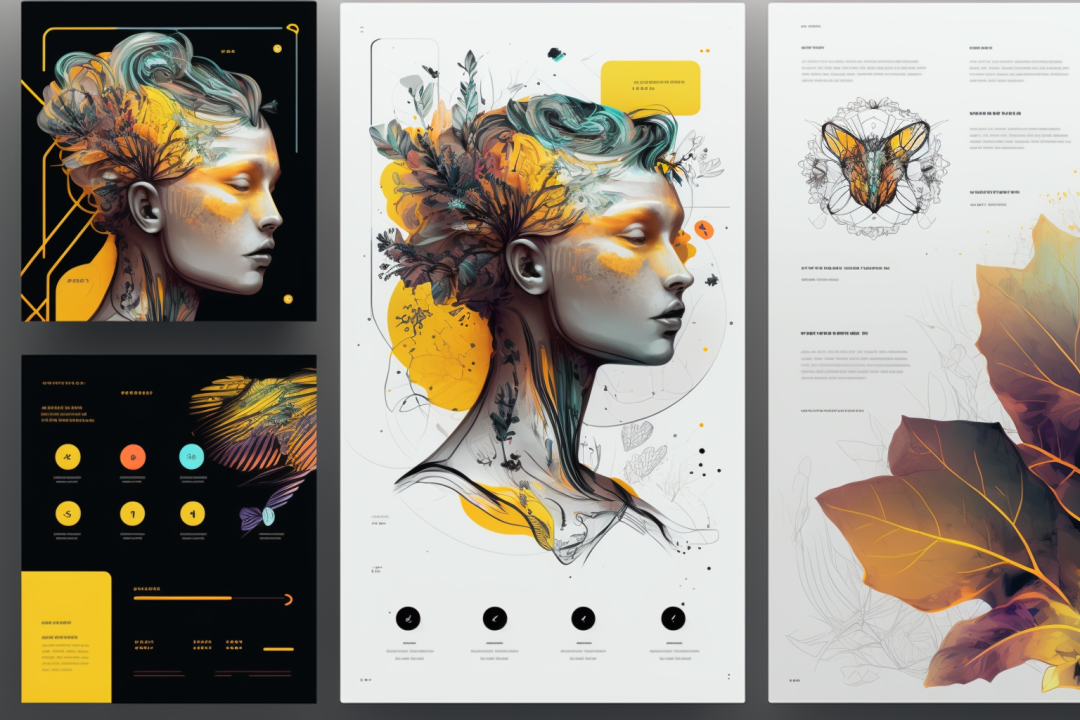Image & Design
In recent years, the intersection of artificial intelligence and image and design has led to a revolution in the creative industry. With the introduction of powerful AI tools, artists, designers, and photographers now have the ability to push boundaries, explore new techniques, and create stunning visuals unlike ever before.
These advancements are not only enhancing the quality and efficiency of design work, but are also unlocking new possibilities for creativity. In this comprehensive guide, we will delve into the world of image and design AI tools, exploring their different types, capabilities, and applications, as well as the potential impact they may have on the future of the creative industry.
3 Must-Have Image & Design AI Tools

AI technology is rapidly evolving, and the number of available tools is constantly expanding. From image generation to design assistance, there is a wide range of AI-powered tools that can enhance your creative process. Here are three must-have AI tools for any artist or designer looking to elevate their craft:
Image Generation

- Generative Adversarial Networks (GANs): GANs are algorithms that generate realistic images from scratch by pitting two neural networks against each other – one generating images and the other judging their realism. They can also be used to transform existing images into new styles, making it easier for designers to experiment with different visual concepts.
- Variational Autoencoders (VAEs): VAEs generate images based on a latent representation, allowing for control over specific attributes such as color, texture, and shape. This gives designers the ability to manipulate and fine-tune details of an image without having to start from scratch.
- Text-to-Image Generators: These tools use natural language processing (NLP) algorithms to convert textual descriptions into corresponding images. This is particularly useful for designers who need to quickly visualize an idea or concept, or for generating images for storytelling purposes.
Image Editing

- Image Enhancement: AI-powered image enhancement tools use machine learning algorithms to automatically adjust brightness, contrast, and other parameters to improve the overall quality of an image. This not only saves time, but also ensures that all images in a project have consistent visual appeal.
- Image Manipulation: With AI-based image manipulation tools, designers can easily alter images to meet specific needs – whether it's changing backgrounds, removing objects, or merging multiple elements seamlessly. This eliminates the need for tedious and time-consuming manual editing, allowing for greater efficiency in the design process.
- Style Transfer: Style transfer tools use deep learning algorithms to apply the style of one image to another, creating unique and artistic compositions. This is particularly useful for creating branded visuals or experimenting with different design styles.
Design Assistance

- Layout Generators: Layout generators use AI algorithms to automatically generate design layouts based on specific requirements and constraints. This speeds up the design process and allows for more time to be spent on the creative aspects of the project.
- Color Palette Generators: These tools suggest color combinations based on images, mood boards, or user preferences. This helps designers in choosing colors that work well together and creates a cohesive visual aesthetic.
Benefits of AI-powered tools for designers
The use of AI in image and design has become increasingly essential for designers who want to stay ahead of the curve and produce high-quality work. Here are some of the key benefits of using AI-powered tools in the creative process:
- Time-saving: One of the biggest advantages of using AI tools is the amount of time they can save. Tasks that would normally take hours or even days can now be completed in a matter of minutes, leaving more time for creativity and experimentation.
- Efficiency: AI-powered tools are also highly efficient, as they can perform tasks at a much faster rate than humans. This allows designers to produce more work in less time, ultimately increasing productivity and output.
- Consistency: AI-powered tools have the ability to produce consistent results, as they are not subject to human error or bias. This ensures that all elements of a project have a cohesive look and feel, creating a more professional end result.
- Exploration of new techniques: AI tools open up new possibilities for experimentation and exploration. By automating certain tasks, designers can focus on trying out new techniques or styles that they may not have had the time or resources to do before.
Harnessing AI for Stunning Visuals
With the rise of AI-powered image and design tools, designers can now create stunning visuals that were once thought to be impossible. Let's take a closer look at some of the ways in which AI is transforming the world of visual art:
Hyper-realistic Images with GANs
GANs have been used to generate images in a variety of fields – from fashion design to video game development. These algorithms are trained on large datasets of images, enabling them to learn the patterns and features of different objects. As a result, they can create hyper-realistic images that are almost indistinguishable from real photographs.
GANs have also been used to transform existing images into different styles, allowing artists to experiment with various visual concepts quickly and easily. For example, a landscape photograph can be transformed into a painting or a cartoon-like image, giving designers the opportunity to create unique and eye-catching visuals.
Personalized Design with VAEs
VAEs are particularly useful for personalized design projects. By controlling specific attributes such as color, texture, and shape, designers can create customized images that are tailored to a specific audience or brand. This level of control also allows for greater creativity and expression, making it an essential tool for artists and designers.
Some VAEs also have the ability to create unique images that have never been seen before. This opens up a whole new world of possibilities for designers, who can now create truly original and one-of-a-kind visuals.
Storytelling with Text-to-Image Generators
Text-to-image generators are a game-changer in the field of storytelling. These tools use NLP algorithms to convert textual descriptions into corresponding images, making it easier for writers and designers to bring their stories to life. They are also incredibly useful for creating visual aids for presentations or creating graphics for social media posts.
Revolutionizing Image & Design with Artificial Intelligence

The use of AI in image and design is not limited to just generating and editing visuals. It has also revolutionized the way we think about and approach design projects. Here are some ways in which AI is transforming traditional design processes:
Faster Workflow with AI-Powered Image Editing
AI-powered image editing tools have significantly sped up the workflow for designers. Tasks such as color correction, retouching, and cropping can now be done quickly and accurately with the help of machine learning algorithms. This not only saves time, but also allows designers to focus on other aspects of the project, boosting overall efficiency.
Greater Creativity with Style Transfer
Style transfer tools allow for greater experimentation and flexibility in design. By applying the style of one image to another, designers can create unique and artistic compositions that were once thought to be impossible. This enables designers to push boundaries and explore new techniques, leading to more innovative and creative work.
More Efficient Design Process with Layout Generators
Design projects often require multiple iterations and versions, which can be time-consuming and tedious. With layout generators, designers can quickly generate different layout options based on specific requirements and constraints. This not only speeds up the process, but also allows for more time to be spent on the creative aspects of the project.
Unleashing Creativity with Image & Design AI
The use of AI in image and design has sparked a new wave of creativity. By automating repetitive tasks and providing tools for experimentation, AI has given artists and designers the freedom to explore new techniques and ideas that were once considered too time-consuming or complex. This has led to an explosion of innovative and unique designs, pushing the boundaries of what is possible in visual arts.
AI-Driven Tools for Design Excellence
AI-powered tools have become an essential part of the design process, allowing for greater efficiency, consistency, and creativity. As technology continues to advance, we can expect to see even more sophisticated AI tools emerging, further revolutionizing the field of image and design.
Here are some upcoming AI-driven tools that will likely shape the future of design:
- Interactive Design Assistants: These tools use machine learning algorithms to assist designers in real-time, offering suggestions and making adjustments as they work. This not only speeds up the design process, but also allows for more collaboration between human and machine.
- Advanced Editing Software: With the help of AI, editing software will continue to evolve and become more intelligent, offering more advanced features such as automatic object removal and background replacement.
- 3D Rendering: AI-powered 3D rendering tools are already being used in industries such as architecture and game development. As these technologies continue to improve, we can expect to see more realistic and immersive 3D visuals in the future.
Conclusion
The use of AI in image and design has opened up a whole new world of possibilities for artists, designers, and photographers. From generating hyper-realistic images to automating repetitive tasks, AI-powered tools have enhanced the creative process and allowed for greater efficiency and productivity.
As technology continues to advance, we can expect to see even more sophisticated AI tools emerging, further transforming the field of image and design. So, embrace the power of AI and unleash your creativity – the possibilities are endless.